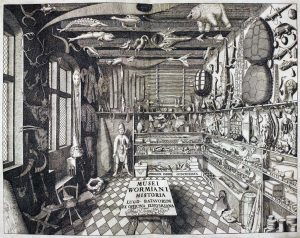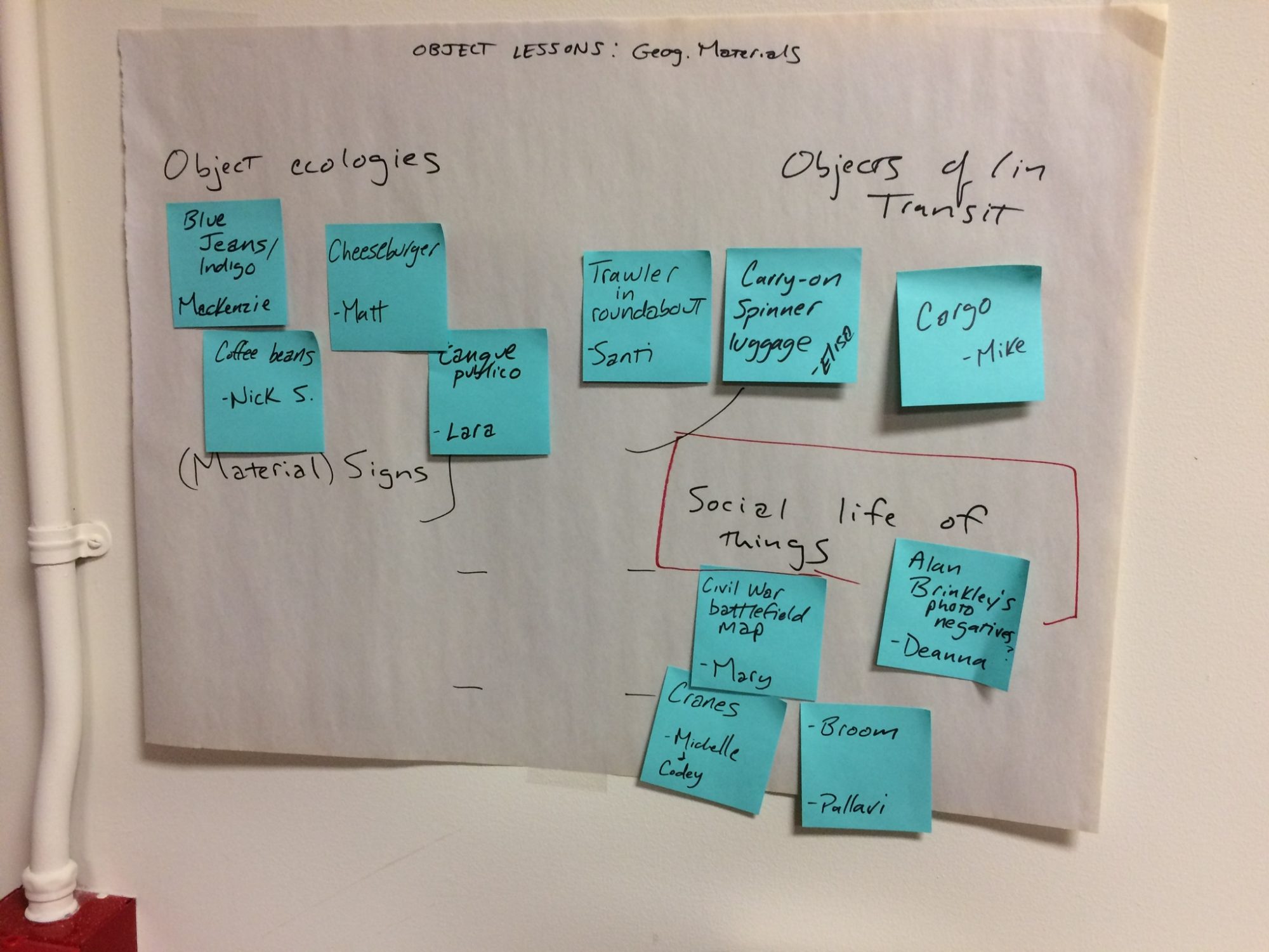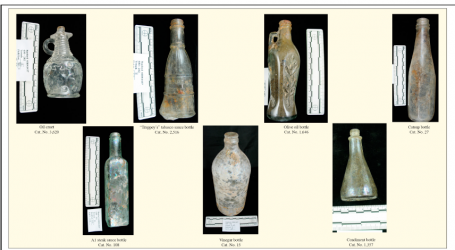Cabinets of curiosity collect objects of wonder. Dating back to at least the sixteenth century, they have taken form in dedicated cases, furniture, and “wonder-rooms” devoted to elaborate displays. They may be making a comeback.
“Traces of Spaces” was inspired by the book Future Remains: A Cabinet of Curiosities for the Anthropocene, and remotely by the CHE‘s Anthropocene Slam event and virtual cabinet of curiosities, in which “objects, images, and echoes … evoked the sedimentary remains of humanity’s impact on the earth” (p. x). Object studies, the editors suggest, can be used to “make visible the uneven interplay of economic, material, and social forces that shape relationships among human and non-human beings,” reflecting the power of objects to “bridge spaces and times” and “disrupt linear narratives,” “enlivening new makers and publics to respond to the planetary impact of human activities” (p. x, xi).
Here we give it a try by constructing a virtual cabinet that similarly seeks to understand objects in terms of the processes and relationships in which they are constituted, but offers a slight shift in emphasis from questions about the stuff that human history is made of to explorations of objects as geographical materials that tie places together through social and ecological relations, and which sometimes, in their appearances, render them separate, serving to obfuscate those relations.
Traces of Spaces is an experiment in research and pedagogy produced by graduate students in Geography, Romance Studies, City and Regional Planning, Communication, and Design as part of the Fall 2018 Geographical Materialisms seminar @ UNC-Chapel Hill’s geography department. It is organized in three exhibition pages: material in motion , object ecologies, and materializing visions, which allow viewers to engage with ten objects of wonder that are all drawn one place — the thin envelope of life surrounding the earth’s surface — and which have not yet been compressed into the geological strata. Click on the images within each page to go to the object studies!
**

by Mary Biggs, Codey Bills, Mackenzie Bullard, Deanna Duffy, Santiago Giron Gesteira, Pallavi Gupta, Mike Hawkins, Nicholas Jones, Lara Lookabaugh, Michelle Padley, Elisa Salemi, Nicholas Scheffer, Matthew Wilson, and Scott Kirsch

